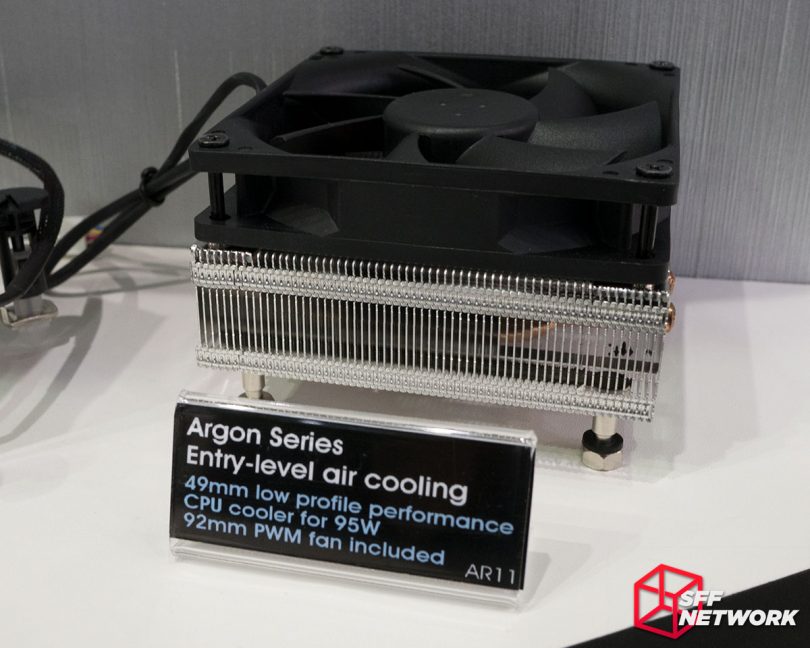As far as I know, the reason direct-touch coolers aren't on top is ultimately because of how the coolers are being designed. If we had two versions of Noctua's top cooler, one with a baseplate and one with a
quality direct touch base -the direct touch would be on top (likely by only a degree or two but still...), simply due to the general law's of thermal dynamics (at least up to a certain point -explained below).
The traditional and triumphant baseplate designs are great for providing a larger surface area direct from the CPU IHS (much larger area for thermal transference) but they are somewhat inefficient as the heat has to soak the plate first and heat travels completely random directions. The goal of the attached heatpipes behind the plate are to guide as much heat away from the source that it's currently bound to (i.e. the baseplate) and dissipate to the attached fins -the faster this happens the better. This is why having thicker heatpipes or many more heatpipes mounted to the "larger-than-the-processor" backside generally provides better results (construction depending).
The problem with traditional direct-contact heatpipe designs is that they only tend to do a terrific job transferring the initial amount of heat -extremely efficiently. However, without having enough attached metal to absorb the continued heat being generated by the processor (especially high wattage or overclocked CPUs), the entire heatpipe structure can heatsoak too quickly, which then requires a much more efficient fin structure and/or fan to help counter the load. This issue is compounded by how small the surface area of a modern processor is (excluding Threadripper, haha) in that you can only fit 3, maybe 4, heatpipes directly on the surface of the processor. This becomes especially problematic when the CPU's TDP is higher than 95w.
For a low profile, downwards-facing design however, I think the Argon 11 should do pretty well compared to the C7.
In the past we have had several benchmarks where direct touch has provided a marked improvement over their competition (typically used for lower TDP applications) all without breaking the bank.
Ultimately though, fin density, fin complexity, fin angles, fin thickness, fin material, type of fan, fan speed, fan shrouds, heatpipe gaps, heatpipe thickness, type of heatpipe construction, surface area, surface contact patch, and several other factors weigh in where the cooler will stand.

